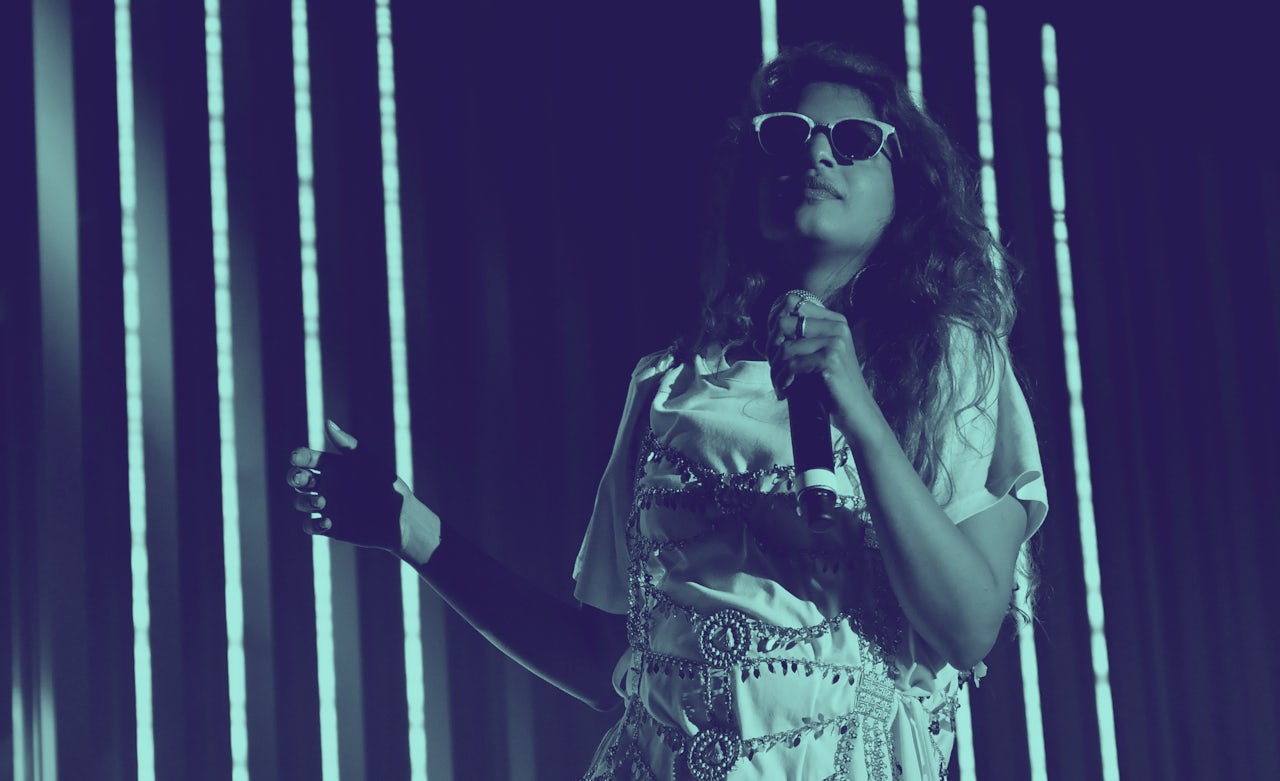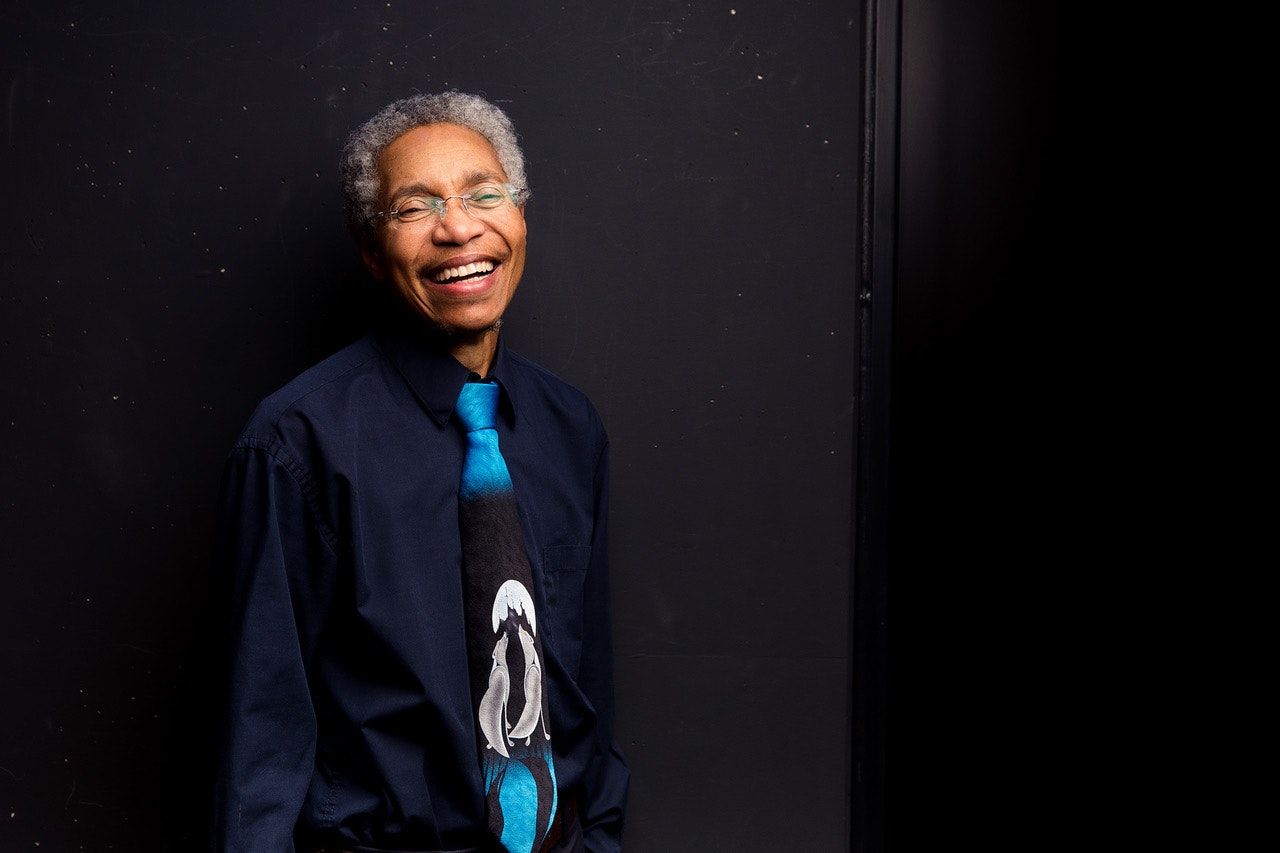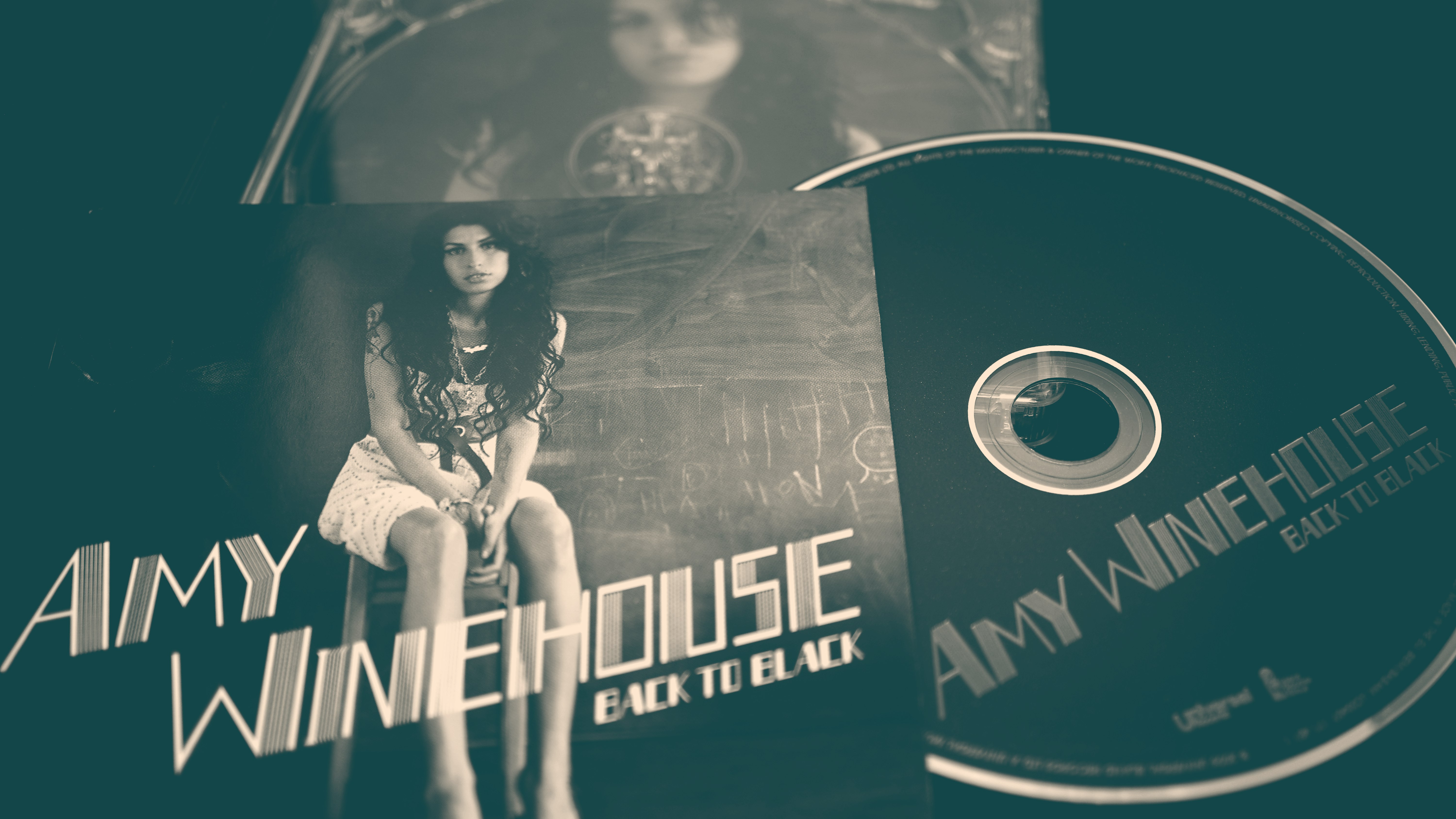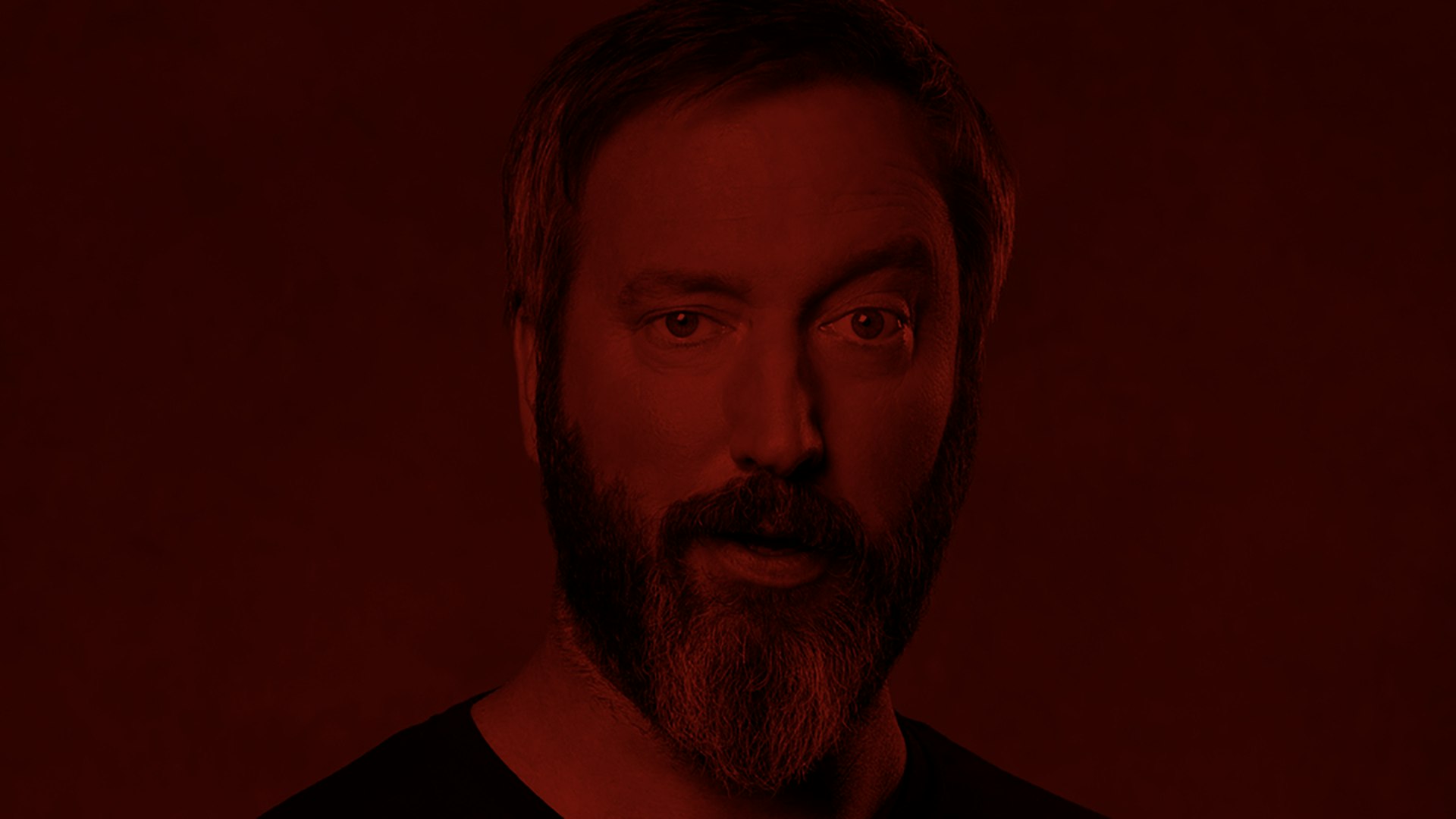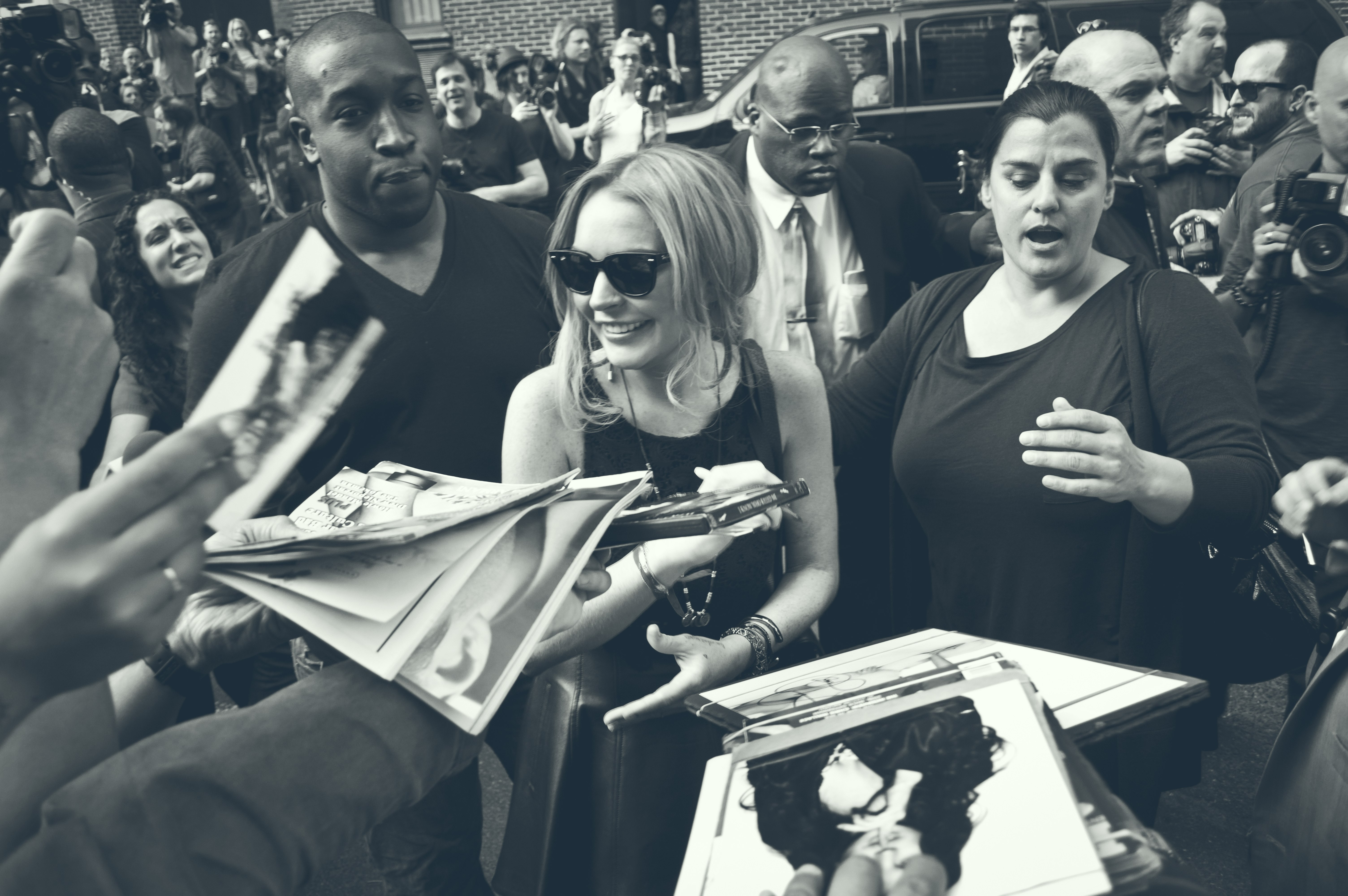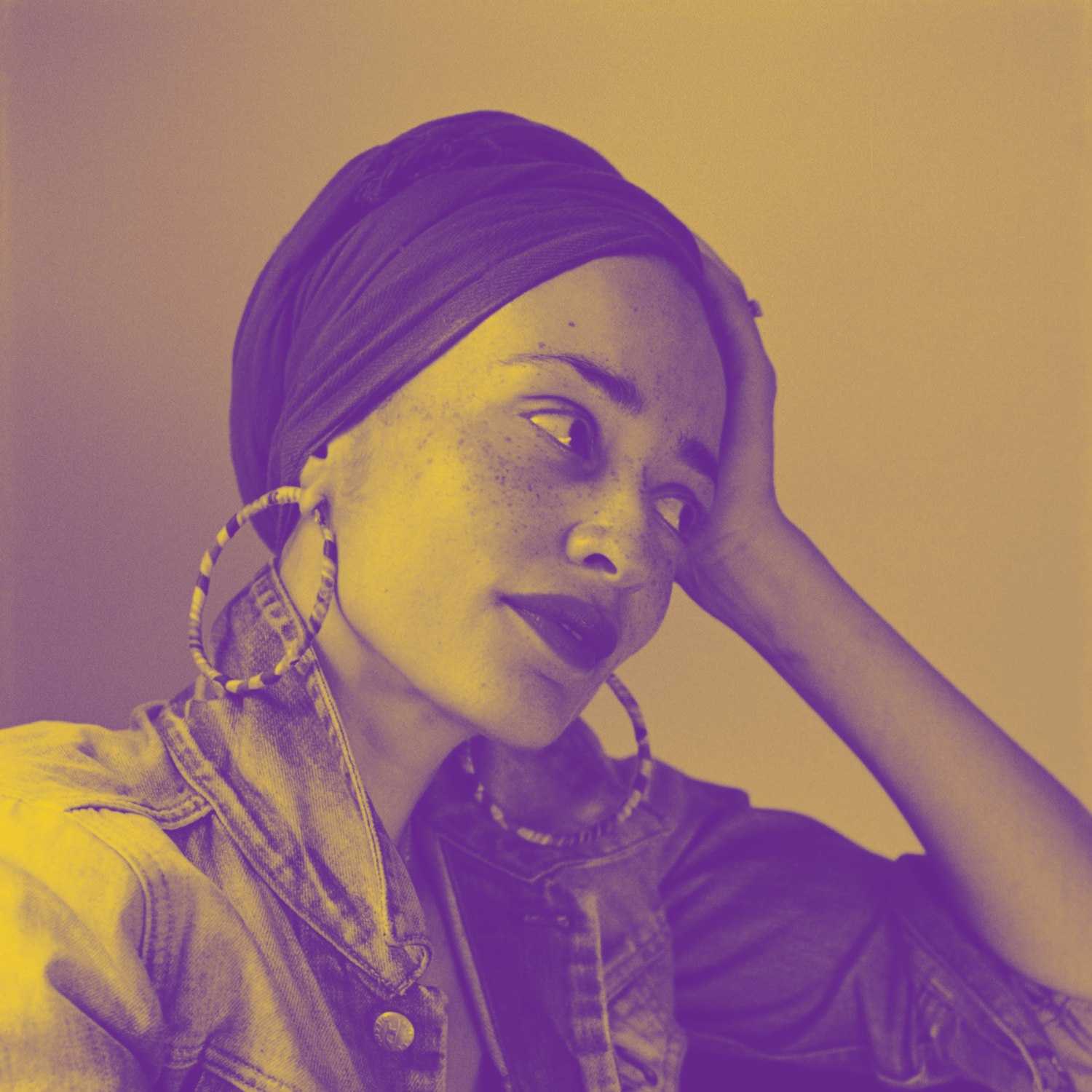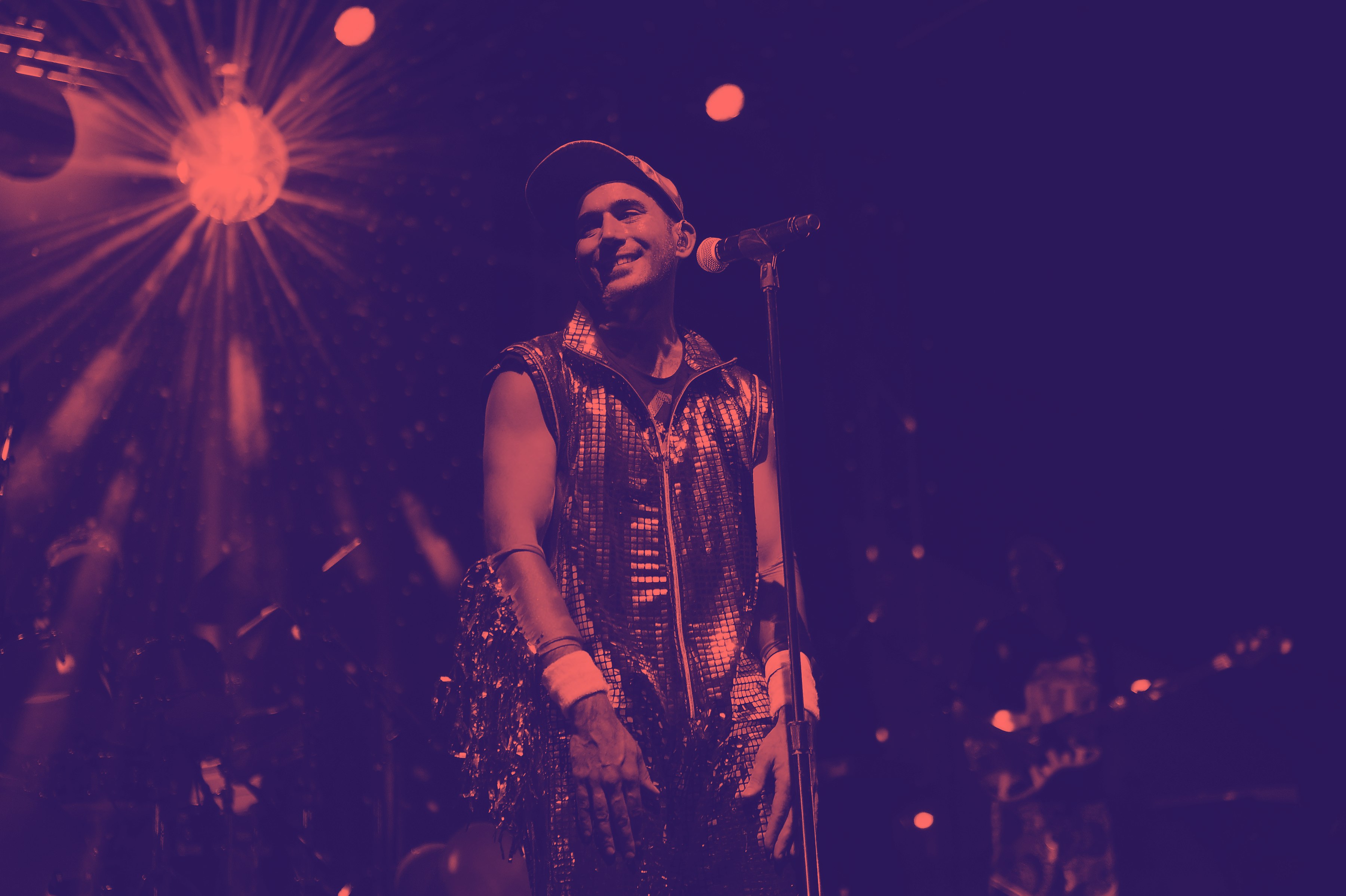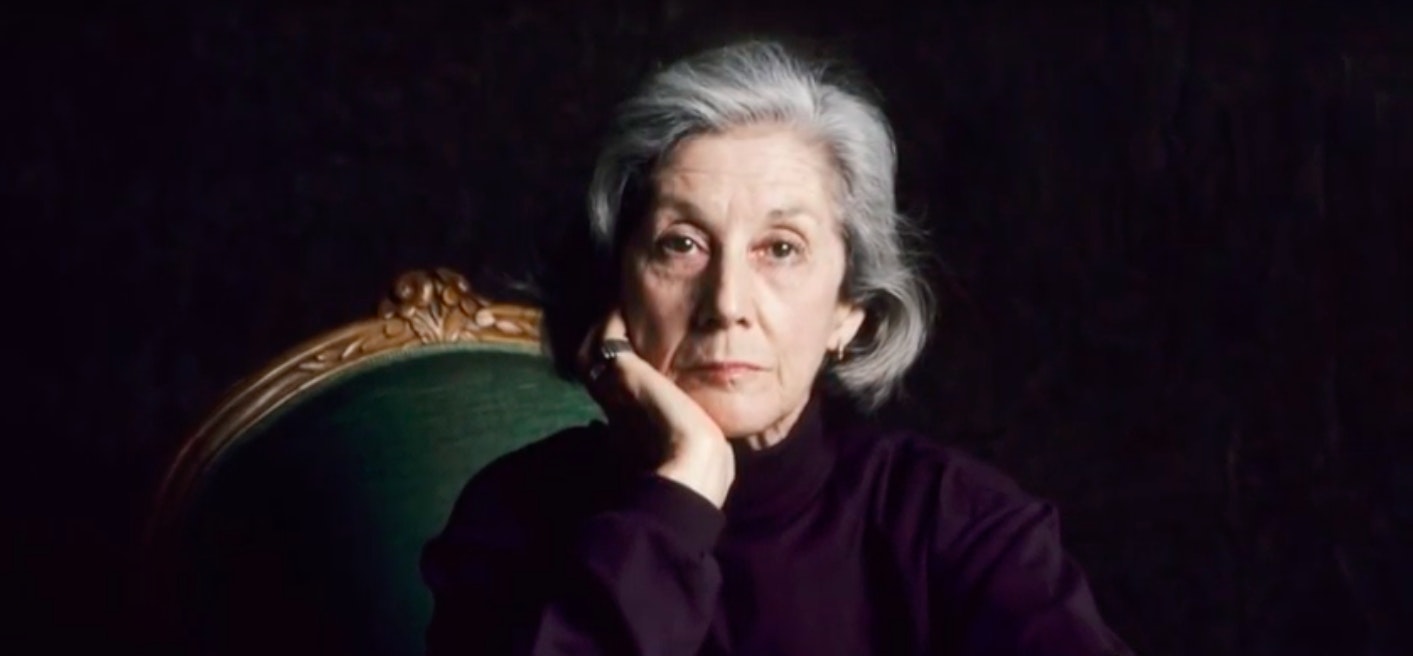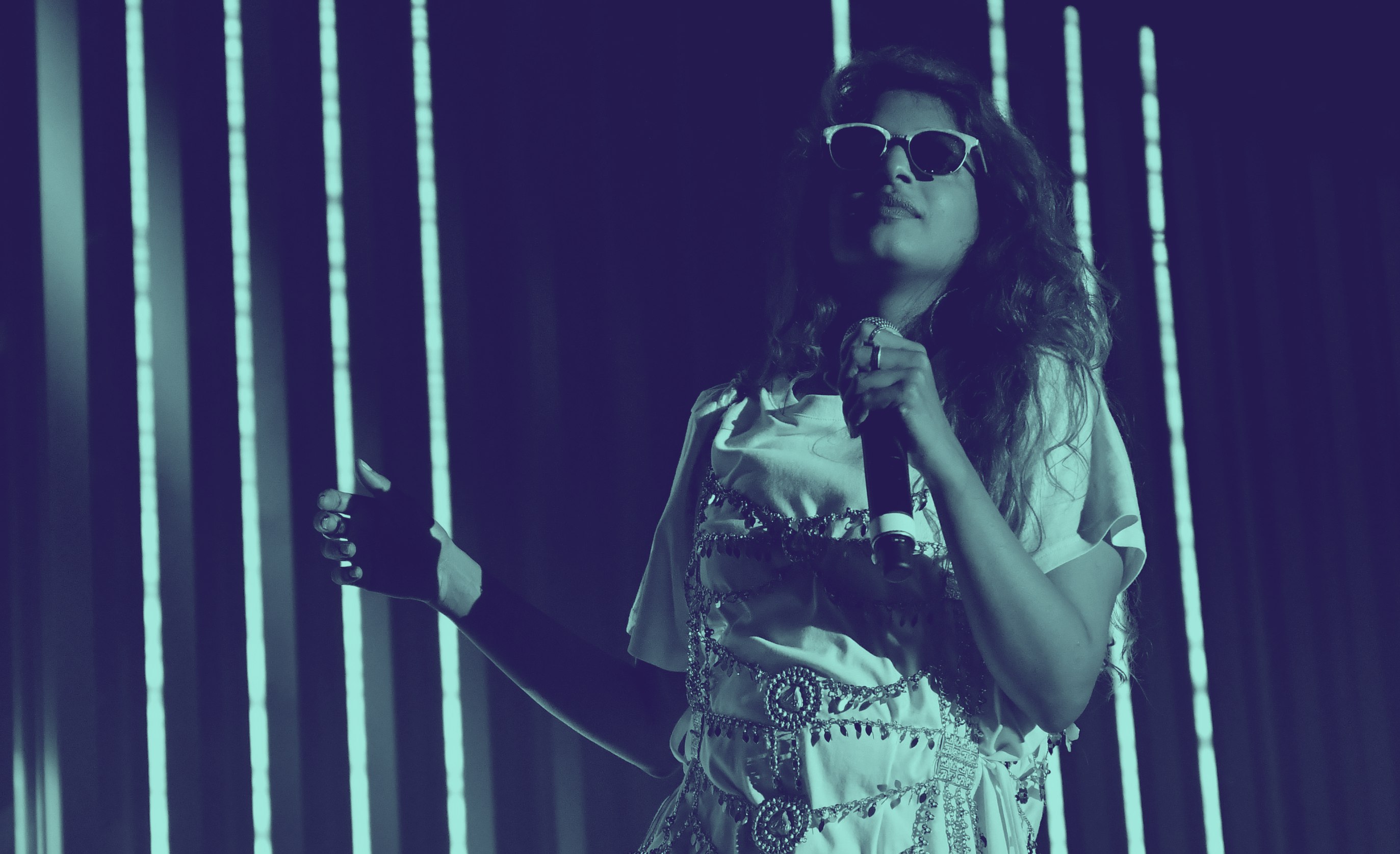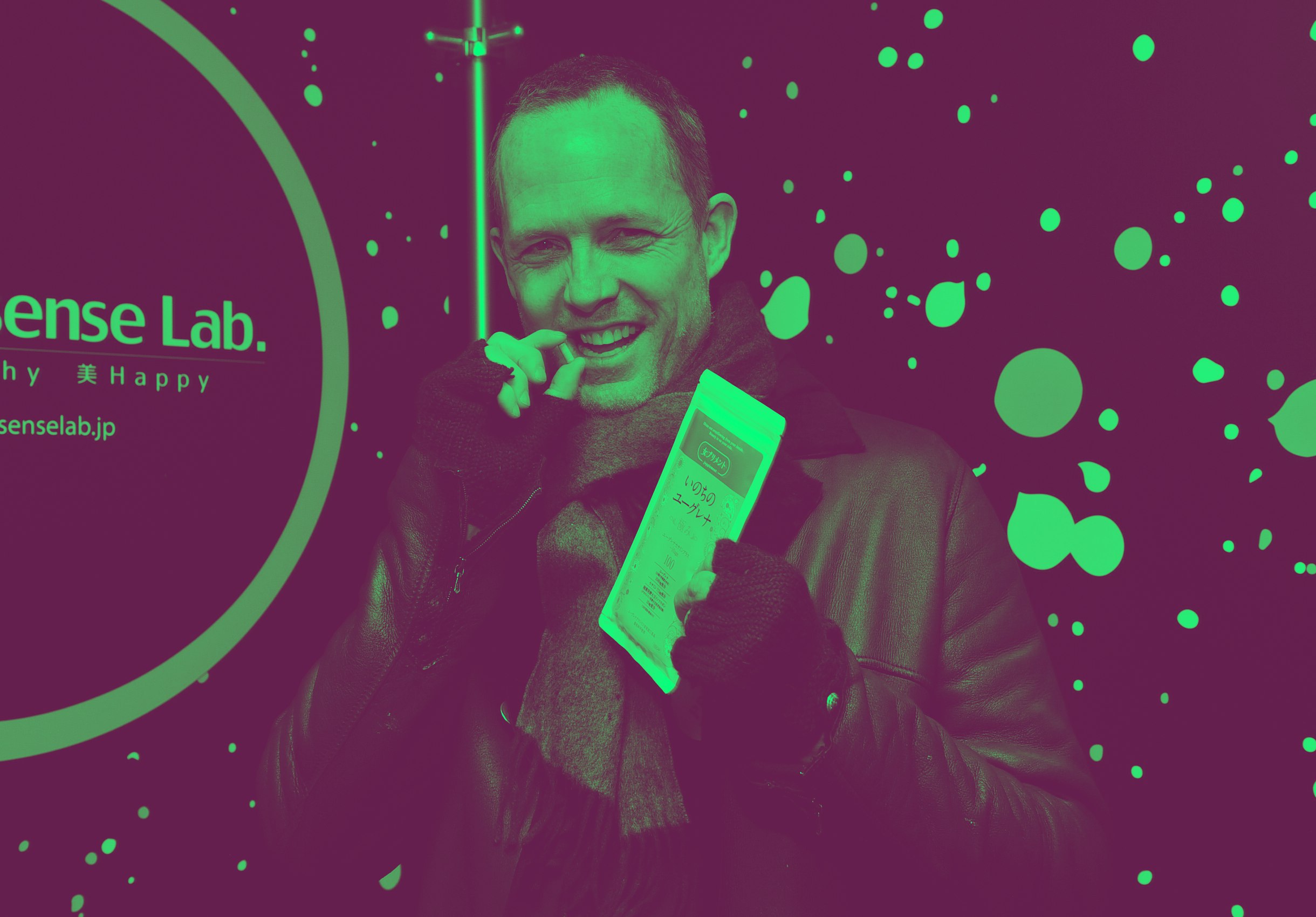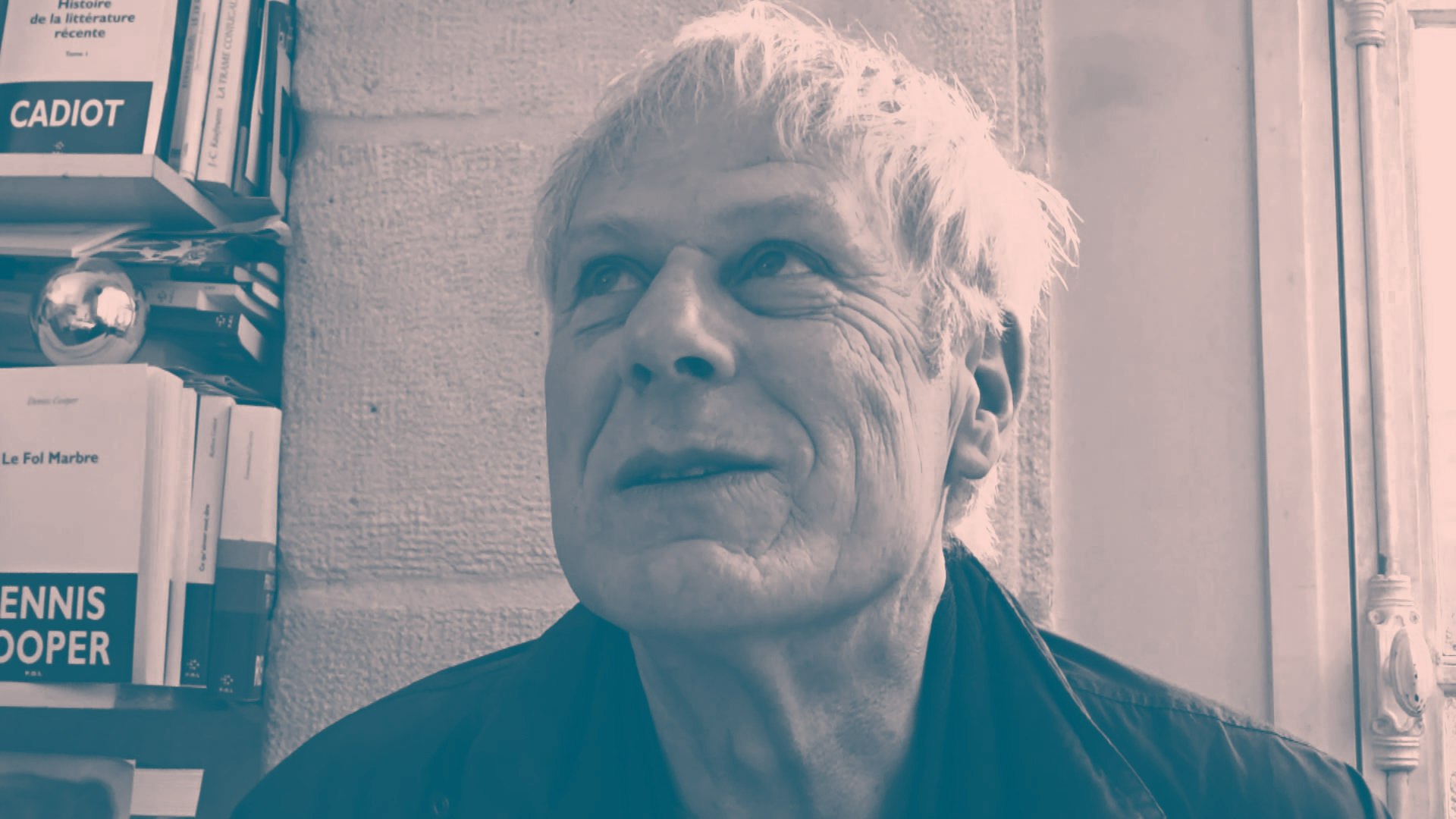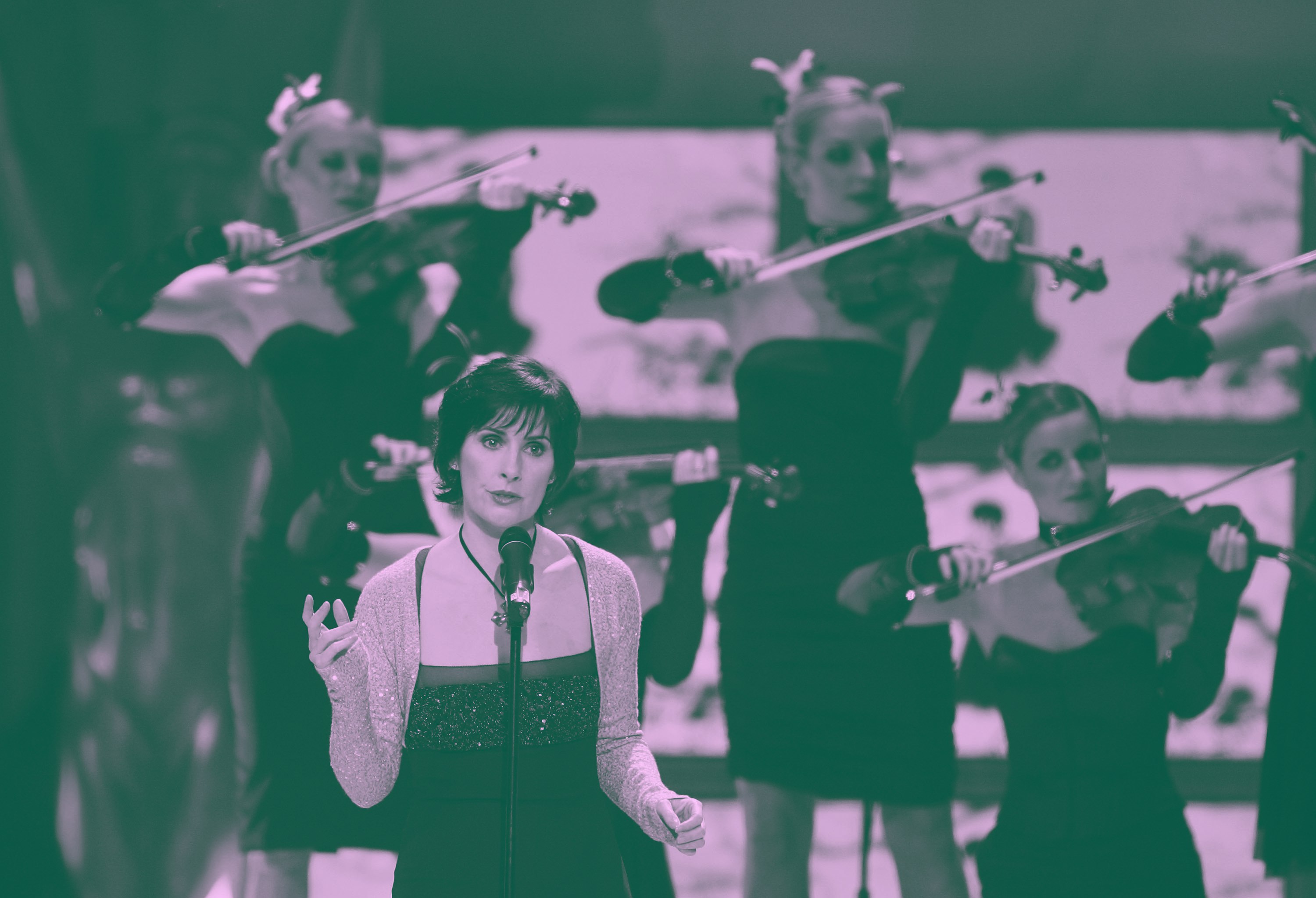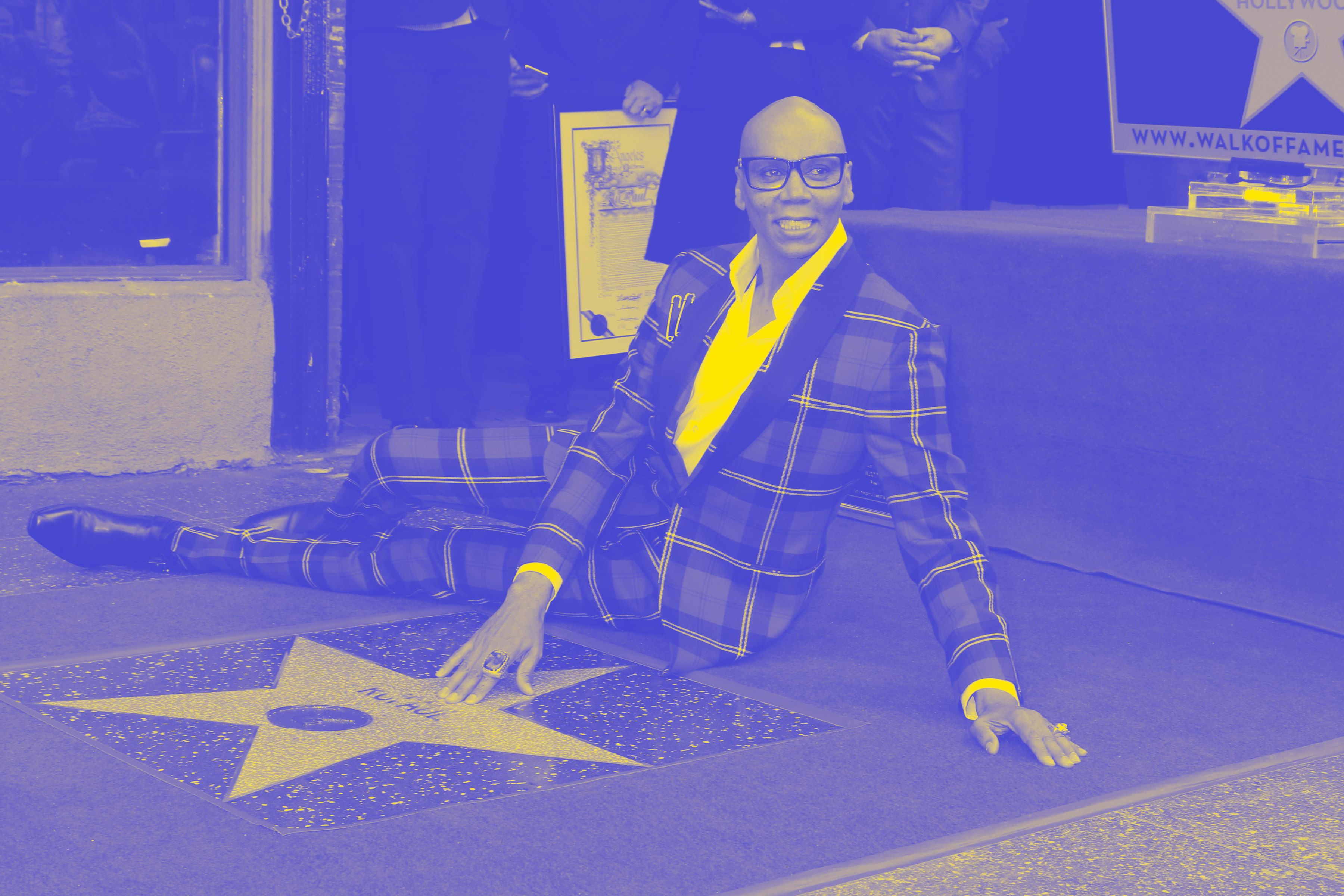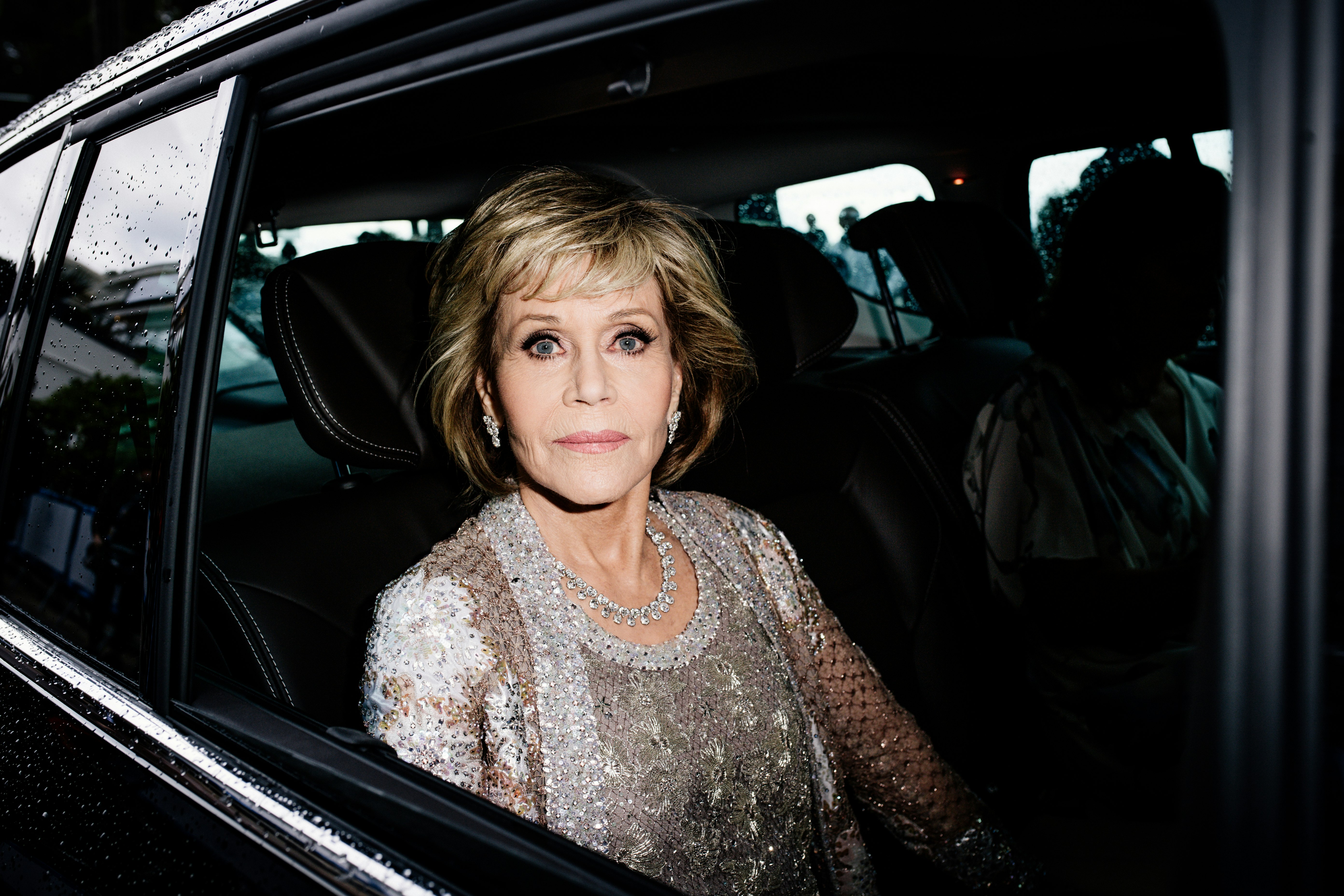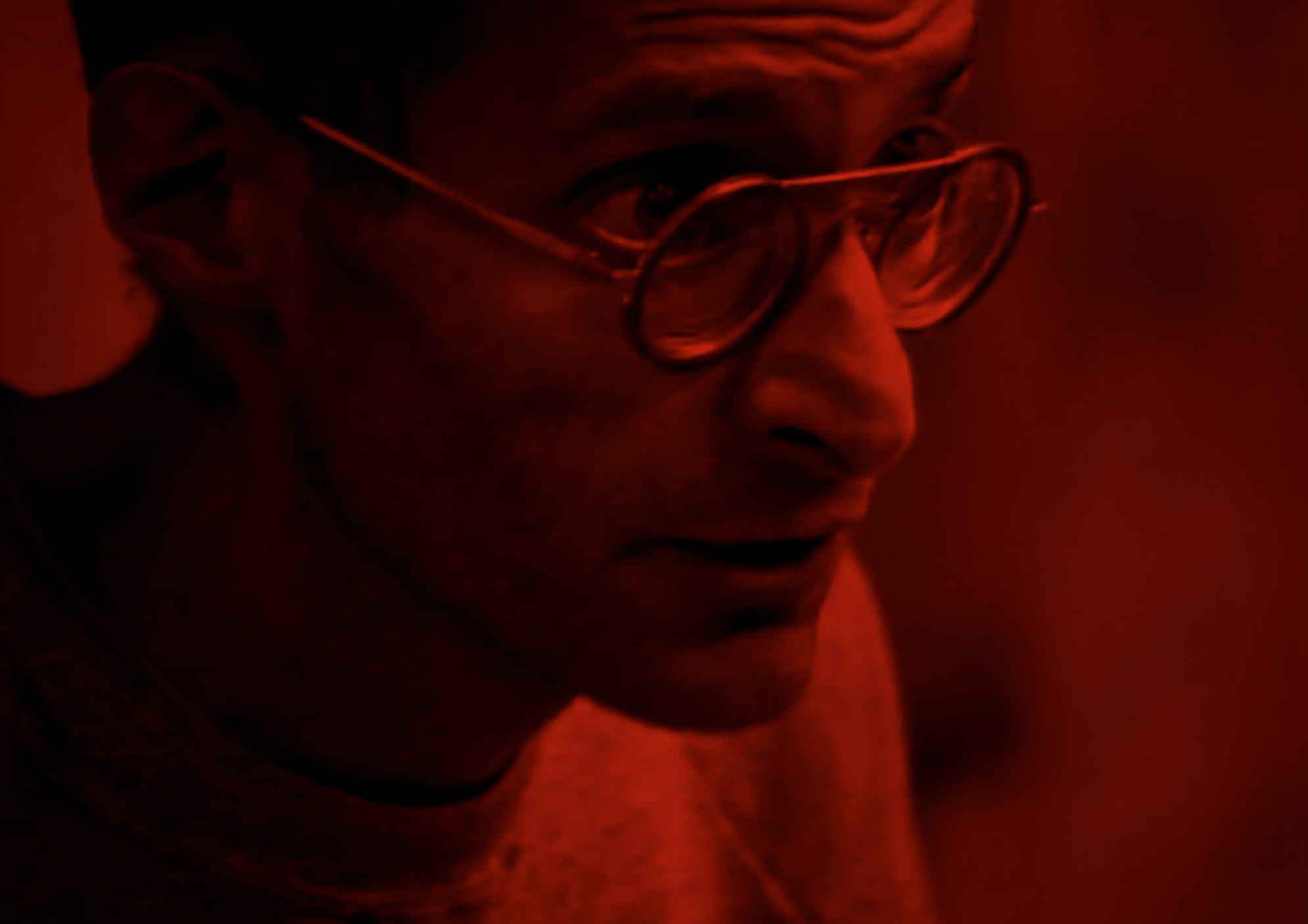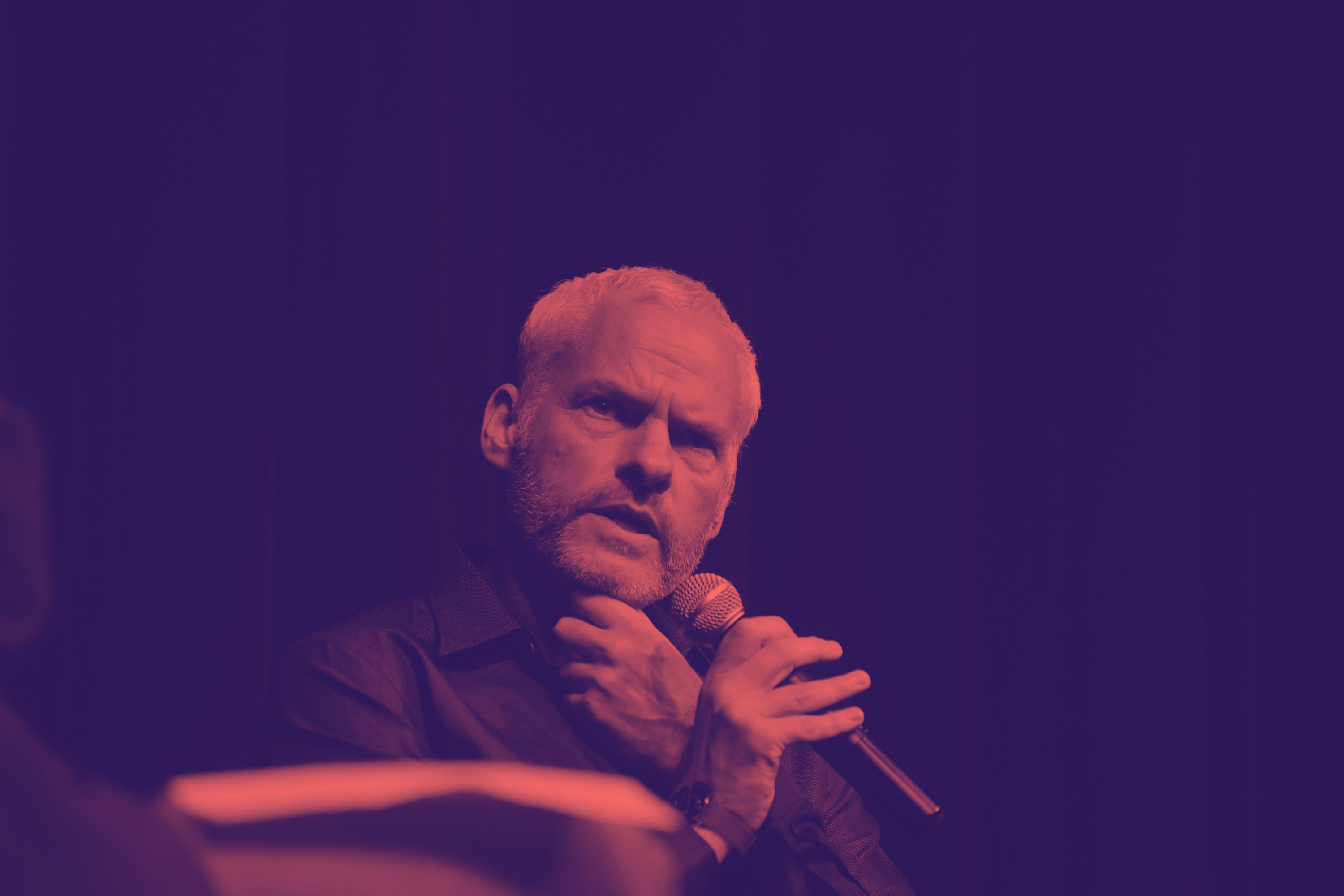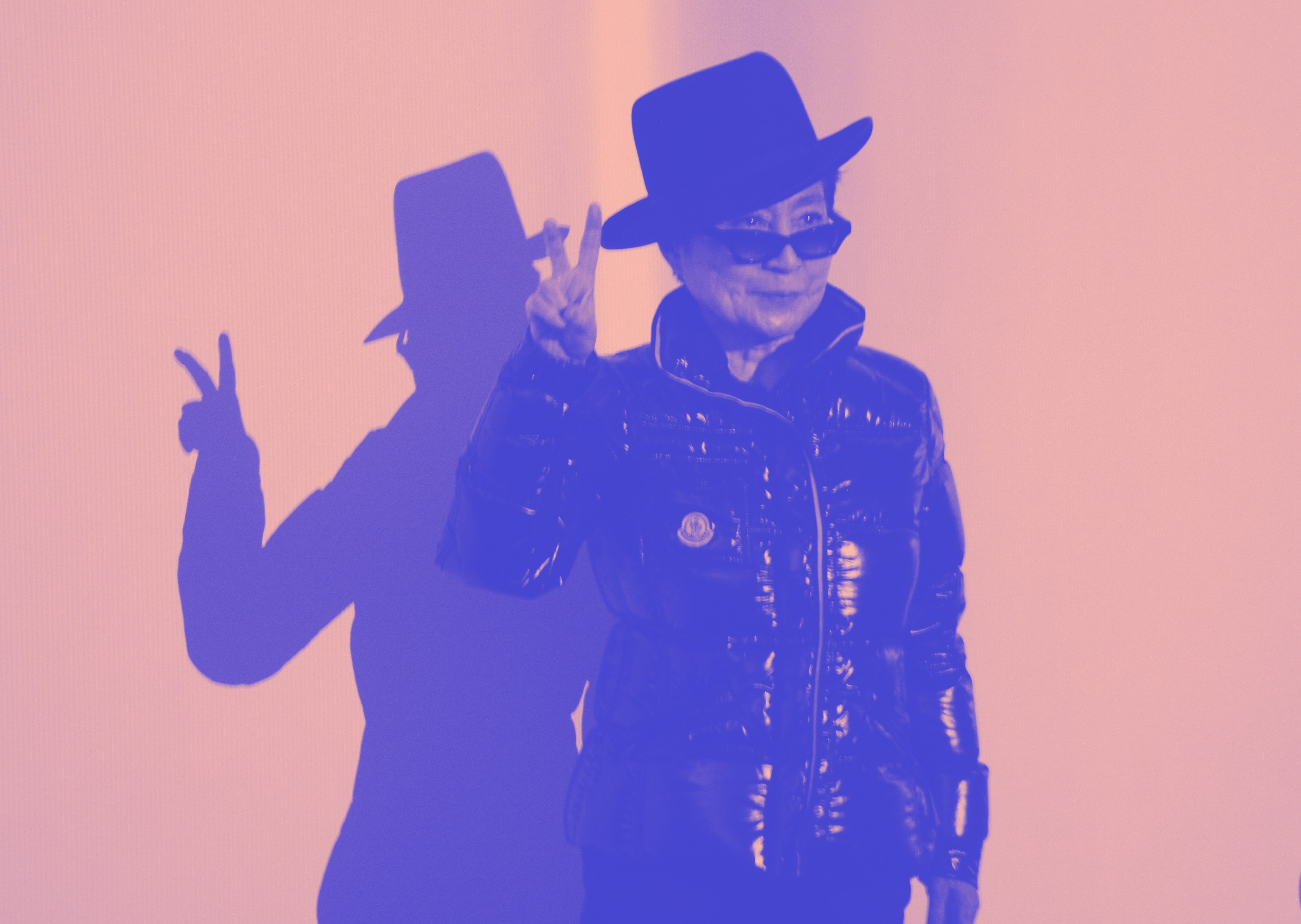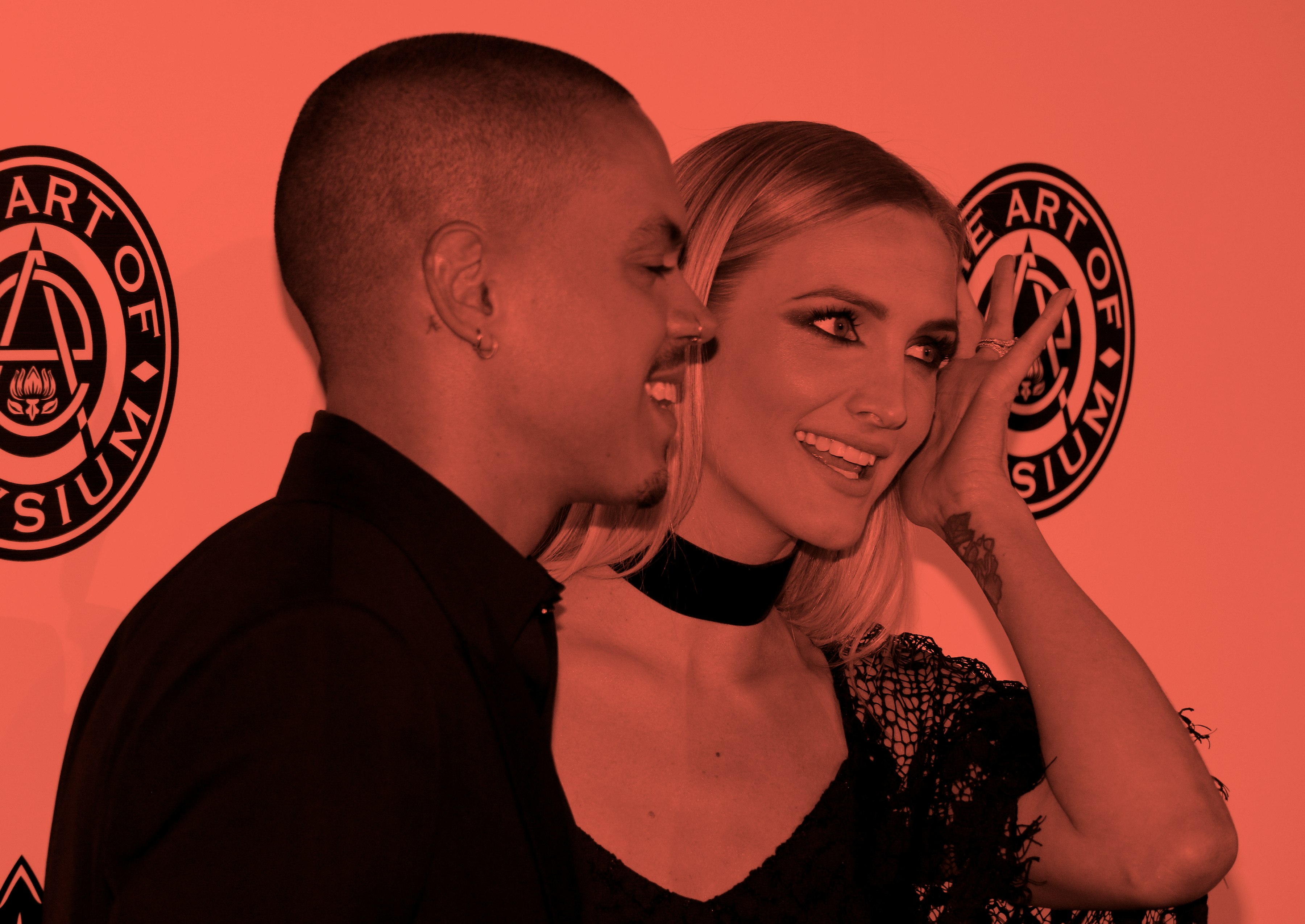Very Intriguing Person
is a series about people who fascinate us, for better or worse.
One of the earliest memories I have of M.I.A. was her 2007 interview with Spike Jonze, one of a series of interviews he made with VICE’s online video channel VBS. Jonze, stuttering with his twee affect, asked the artist born Maya Arulpragasam to talk about the album art for KALA, her then-forthcoming second studio release. M.I.A. brought up her laptop, and scrolled through a Tumblr page filled with images of Liberian rebels wielding machine guns. Sitting in a council flat in South London, she pointed to a little boy wearing what looked like a second hand, oversized t-shirt meant for an adult, the third world uniform of impoverished brown street kids. “This kid knows 50 Cent,” she explained, “But 50 Cent doesn’t know this kid.”
It was one of those laconic turns of phrase that typify M.I.A.’s ability to pare down the overwhelming nature of something referred to as “the immigrant experience” in the West to a single lyric. Put over a catchy beat, they’re the kind of phrases that stick on your tongue for days, and return years later like muscle memory. But where M.I.A. married pop sensibility with casual references to terrorist groups (a favorite I still recite from memory: “You wanna go / you wanna win the war / like PLO we don’t surrender!”) her inability or unwillingness to speak about the geopolitical issues she put at the forefront of her music in dry intellectual terms has left the artist oft ridiculed by the mainstream outlets that ushered her rise to pop star status in the first place.
Matangi/M.I.A./Maya, a new documentary, seeks to correct the record. Director Steve Loveridge, an old friend of M.I.A. from her art school years, pieced together over 22 years of footage often shot by M.I.A. herself, a collection of home videos, film projects, concert tapes, and more. The documentary is more than just an intimate behind the scenes look at the artist’s rise to fame, complete with charming clips of M.I.A. dancing in her room; it explains why and how she launched into sudden notoriety, accused of wielding third world rebel imagery as props in her pop image, discredited by everyone from the Sri Lankan government to Bill Maher. And considering the overwhelmingly positive response to the film — a rarity after a decade of frequently negative M.I.A. press coverage thanks to controversies like Super Bowl performance, her comments about Black Lives Matter, and even backlash from the overseas Sri Lankan community — Matangi/M.I.A./Maya is a sort of vindication an often misunderstood artist.
Recall, if you can, the now-infamous 2010 New York Times profile pinpointed by the film as a turning point — the watershed moment that firmly placed M.I.A. in the proverbial pop culture dog house. The profile, which painted an image of a rich girl purporting to speak for the third world, left M.I.A. stunned, and angry. In it, writer Lynn Hirschburg described the artist eating truffle fries at the Beverly Wilshire Hotel, stating her desire to be an outsider as she munched on a dish concocted for the elite. The detail became a point of controversy, one that grew as M.I.A. posted audio from the interview revealing Hirschburg had actually ordered the fries, a bait for the line she wanted to deliver. (M.I.A. later tweeted Hirschburg’s personal phone number in retaliation, the first of many tweets against the writer as well as The New York Times.)
The movie brings us closer: Shortly after the story drops, the camera hangs over her shoulder as she furiously posts tweets about the Times’ incongruous coverage of the bloody and protracted Sri Lankan civil war, pointing to an article about ongoing violence in her island homeland while toggling to a travel section puff piece designating it as the number one place to visit that year. An indignant M.I.A. stares at the screen: “It’s just fucked up.” It’s the M.I.A. most of us are familiar with now — seemingly conspiratorial and erratic even to her loyal fan base, an artist sitting at the periphery of a mainstream pop culture often confused by her new releases, struggling to grapple with the contradictions she presents.
While the film follows the usual, chronological arc of a documentary about a famous musician, Loveridge consistently returns to some of the oldest footage from their two decades-worth of tapes. M.I.A., then just Maya in her mid-twenties and a few years from her musical debut, leaves London to visit her family home in Sri Lanka for the first time as an adult. Her home videos, heart-achingly simple scenes of women in her family around the house and young boys playing in the yard, are narrated with monologues where she navigates the emotional toll of revisiting a place that had only existed in her memories but was integral to her identity as a Sri Lankan in London.
“I feel like I’ve opened a can of worms,” M.I.A. confesses to her camera in one of her video diaries. “I don’t really know how to control it, and how it’s going to manifest.” Returning to Sri Lanka brought a visceral reality to the stories of the civil war she’d hear from her family, and from hazy memories of the conflict from her early childhood there. It complicated the simpler narrative Western society wants M.I.A., and all immigrants, to keep. “Back home,” when you’re living in the West, is a far away land, a place where spices and funky music and stories about your crazy aunt come from: all the fun parts of immigrant culture white society slurps up like an artificially sweetened mango lassi. Stories of rape, war, poverty — all of the ugly stuff is meant to stay back where you came from.
Western culture wanted an M.I.A. that stayed in her lane — the lane where you rap about curry and dance in colorful jumpsuits.
Later in the film, just as she began to take up the mantle as the world’s most famous Sri Lankan during a bloody civil war, and just as she began to fall out of grace with the media, M.I.A. bemoans, “They want me to be like Aziz Ansari.” (She mocks Ansari’s derpy Americanized accent: “Like, ‘Heyyy.’”) As Loveridge presents a montage of TV and radio hosts questioning M.I.A.’s credibility in discussing the politics of the war in Sri Lanka, M.I.A. is at first filled with rage, then baffled by their inability to reckon with her status as a pop culture icon as well as a refugee with an intrinsic urge to help her motherland. Western culture wanted an M.I.A. that stayed in her lane — the lane where you rap about curry and dance in colorful jumpsuits. But she refused to sand off her rougher edges according to the standards of a media and audience increasingly obsessed with moral perfection in its celebrities. She could be a pop star or a Tamil rebel, but she couldn’t be both.
The reoccurring footage of M.I.A.’s trip to Sri Lanka, the prodigal son’s return, paint a picture of the near universal complexity felt by immigrants returning to their homelands. Growing up in overwhelmingly white suburban Indiana, my otherwise vanilla childhood was pocked with family trips to Pakistan. Each trip left me confused, overwhelmed with guilt because of my relative privilege, and with a sense of longing for a place where I no longer belonged.
I still remember the feeling of getting off the plane, transported from cookie-cutter suburbia straight into a wall of humidity and faces that looked like mine, and that dusty mix of body odor, car exhaust, and spice that’s specific to the subcontinent. My throat would quiver every time, partly because of the pollution but mostly because the immensity of being from a seemingly alternate reality would hit me all at once.
M.I.A. turned that feeling into joyful song; as a young person sifting through my own immigrant identity, her music resonated like nothing else. Along with my friend Tobi, who introduced me to M.I.A. when he handed me her debut record Arular as a 16-year-old, I’d dissect the lyrics line by line, blasting her music in my minivan as we drove through in between corn fields and through cul-de-sacs, dancing in our seats as we careened past football players in our high school parking lot. Once, he hit my dashboard while dancing to “Bird Flu” so hard my speaker stopped working. Her albums were our guiding light in our predominantly white town, a handbook to being cool and brown without having to deny the latter.
Later, as discrediting M.I.A. became the cultural norm, I detested being put in the position of having to defend her as a loyal fan. “You just don’t get it,” was what their argument usually came down to. But what place do perfect pop stars have in a world where the bombs are falling? How much more could they demand from an artist who’s given plenty of herself, and often been mocked for it? The next M.I.A. may speak in neat sound bites; this one doesn't. Maybe they won’t ever get it, either, and maybe that’s just fine.
